international car clutch disc
Clutch discs and pressure plates in foreign vehicles are engineered for high-efficiency torque transmission, minimizing slippage and ensuring smooth gear engagement. Discs typically feature a steel hub with riveted friction material composed of organic, metallic, or ceramic compounds to resist wear and heat. Diameters range from 220 to 360 millimeters, while friction layer thickness usually measures 9 to 14 millimeters, supporting torque capacities between 200 and 350 Newton-meters. Integrated torsional springs reduce shock during engagement, protecting the gearbox and enhancing driver comfort. Some high-performance models incorporate multi-plate designs, offering increased torque handling and improved thermal dissipation for sports or heavy-duty vehicles.
Pressure plates are manufactured with high-strength alloy steel and precision-machined surfaces to ensure uniform contact with the clutch disc. Clamping forces range from 1,500 to 3,500 Newtons depending on vehicle type, ensuring reliable power transfer under varying load conditions. Thermal resistance typically reaches 350 degrees Celsius, while wear durability spans 150,000 to 300,000 kilometers. Advanced foreign designs may include diaphragm springs or dual-mass flywheels to reduce vibration and enhance drivability. These components are rigorously tested under ISO 9001 and SAE standards to guarantee performance, longevity, and safety across passenger, commercial, and high-performance vehicles.
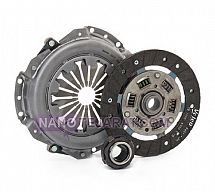
Stock clutch disc and pressure plate MVM X33 Valeo brand
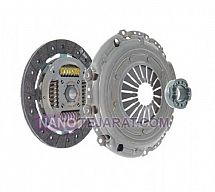
Stock clutch disc and pressure plate MVM X23 Valeo brand
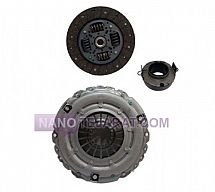
Stock clutch disc and pressure plate MVM 315 Valeo brand
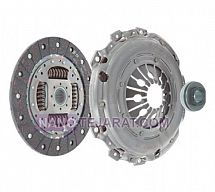
Stock clutch disc and pressure plate MVM 110 Valeo brand
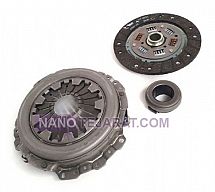
Stock clutch disc and pressure plate Nissan Patrol 4-cylinder Valeo brand
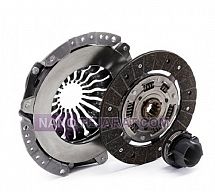
Stock clutch disc and pressure plate BMW 518 Valeo brand
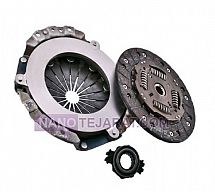
Stock clutch disc and pressure plate Brilliance 330 Valeo brand
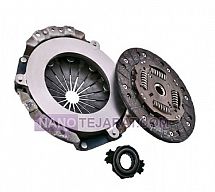
Stock clutch disc and pressure plate Brilliance 230 Valeo brand
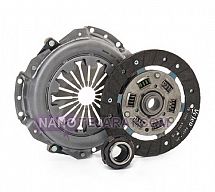
Stock clutch disc and pressure plate Pajero Valeo brand
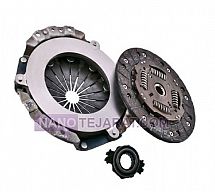
Stock clutch disc and pressure plate for Toyota Hilux, Valeo brand
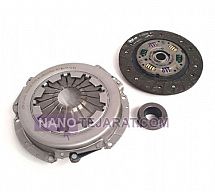
JAC J5 Stock Clutch Disc and Plate Valeo Brand
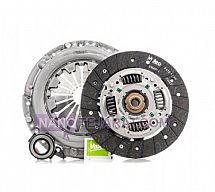
JAC J3 Stock Clutch Disc and Plate Valeo Brand
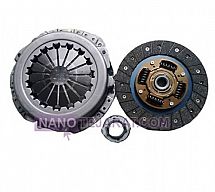
Valeo stock clutch disc and pressure plate for Daewoo Matiz
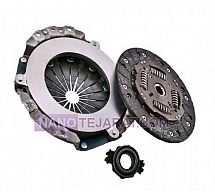
Valeo stock clutch disc and pressure plate for Daewoo Cielo
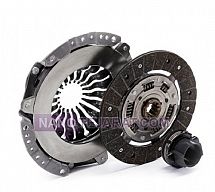
Valeo stock clutch disc and pressure plate for Daewoo Espero
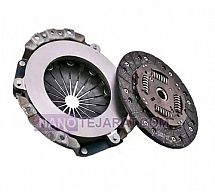
Valeo stock clutch disc and pressure plate for JAC S5
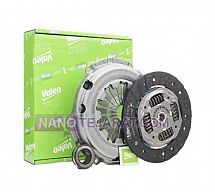
Valeo stock clutch disc and pressure plate for Rio
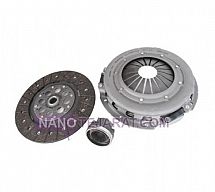
Valeo stock clutch disc and pressure plate for Roniz
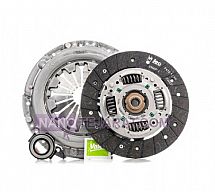
Clutch disc and pressure plate for Capra, Valeo brand stock
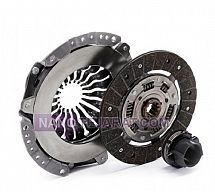
Valeo Stock Clutch Disc and Pressure Plate for Foton Pickup
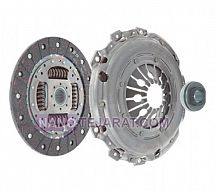
Valeo Stock Clutch Disc and Pressure Plate for Xantia 2000
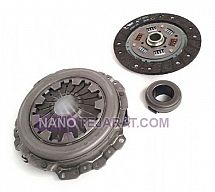
Valeo Stock Clutch Disc and Pressure Plate for Xantia 1800
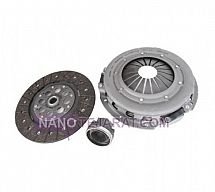
Valeo Stock Clutch Disc and Pressure Plate for Lifan 520
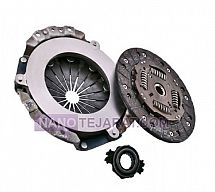
Valeo Stock Clutch Disc and Pressure Plate for Lifan 1800 620
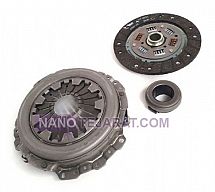
Valeo Stock Clutch Disc and Pressure Plate for Lifan 1600
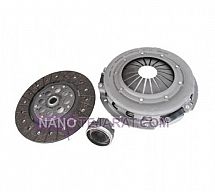
Valeo brand used Lifan X60 disc and clutch plate
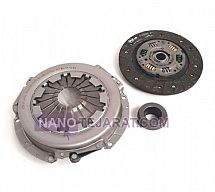
Used Maxima brake disc and clutch plate, Valeo brand
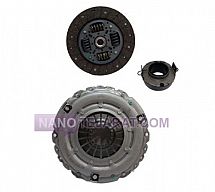
Used Megane brake disc and clutch plate, Valeo brand
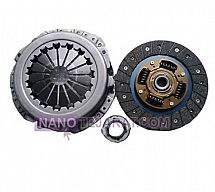
Used Nissan Patrol 6-cylinder brake disc and clutch plate, Valeo brand
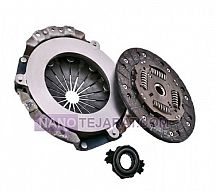
mercedes truck clutch disc
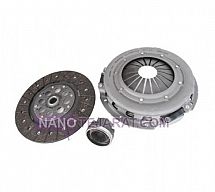
mercedes 1924 truck clutch disc
































